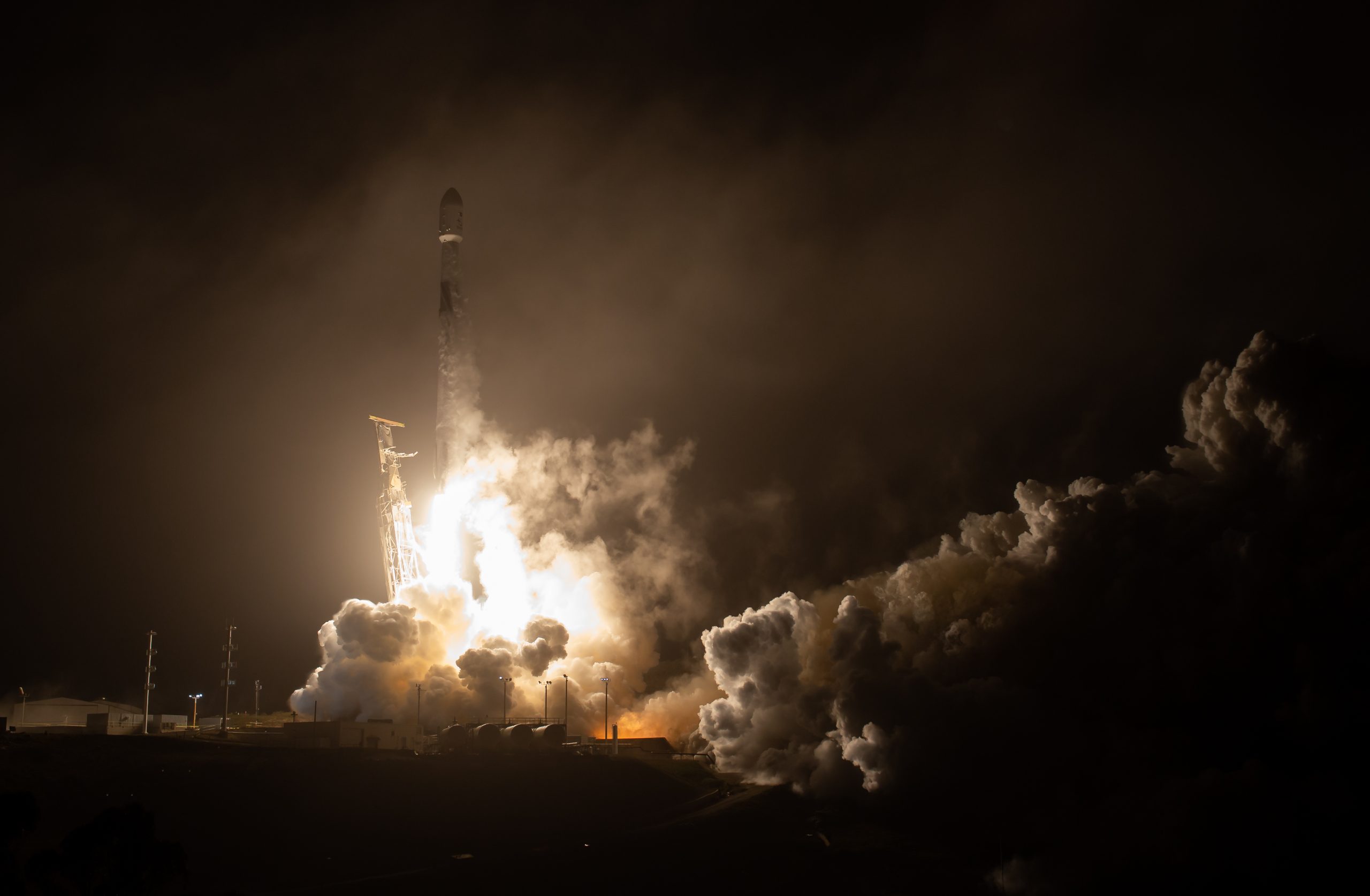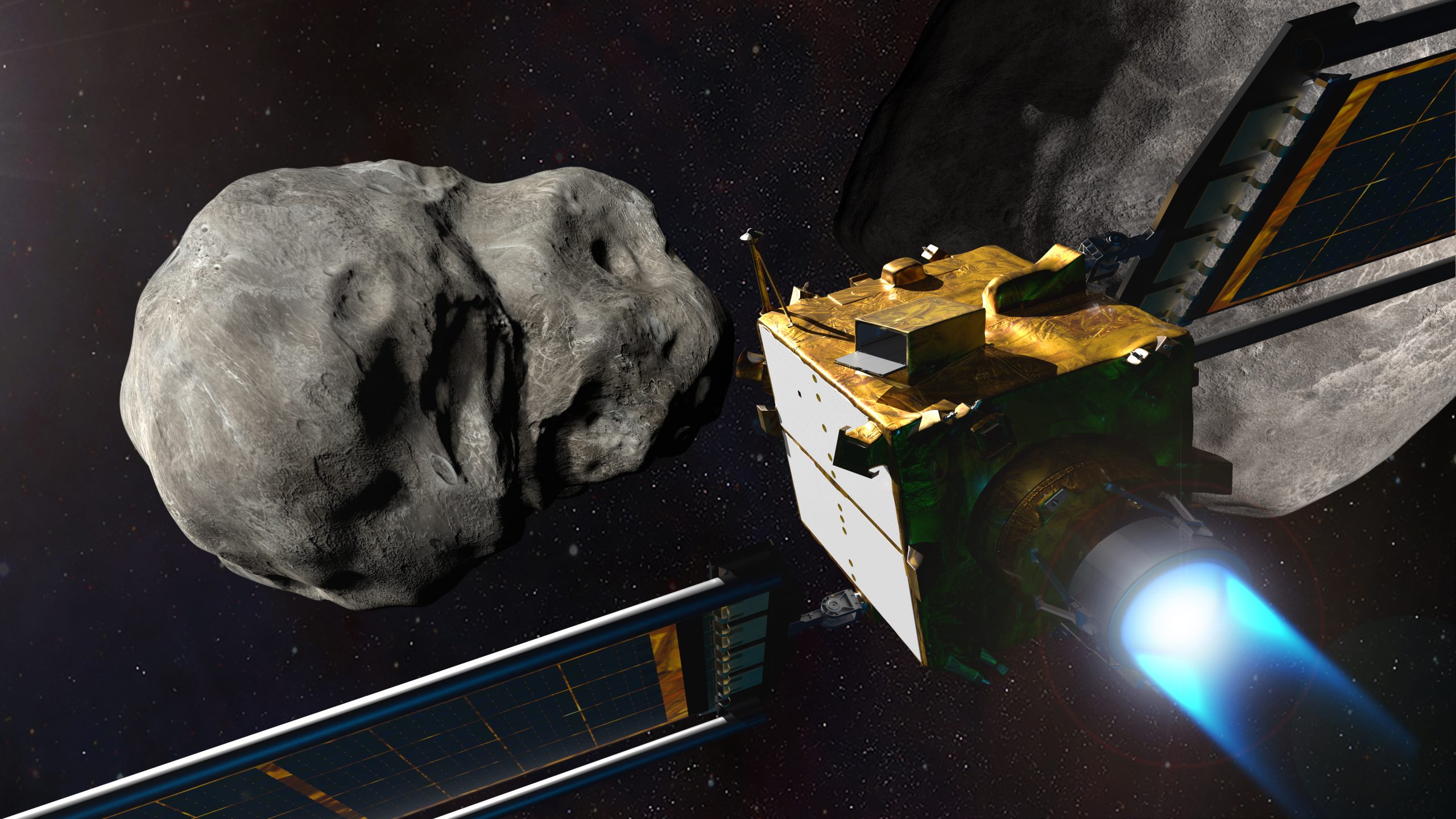The space agency is looking to answer how we can stop an asteroid should one ever come on a collision course with Earth.
The Double Asteroid Redirection Test (DART) in conjunction with scientists at John Hopkins University, completed its objective to crash a small spacecraft into an asteroid at high speed.
The test is to see if the trajectory of an asteroid can be altered in case one comes close enough to threaten Earth.
NASA spokesperson Glen Nagle said “we want to have a better chance than the dinosaurs had 65 million years ago”.
The plan was not to destroy the asteroid but for the impact to nudge it from the current trajectory it was on and onto a different path.
The collision at 15,000 mph (24,140 km/h) was successful but it will take some time to confirm how the asteroid’s path was altered. It could take a few days or even weeks to determine the new orbit.

Neither of them posed any threat to our planet. Bobby Braun, the head of space exploration at the John Hopkins Applied Physics Lab said everything about the mission is a test.
“There’s 0 per cent chance that this asteroid could come towards the Earth, so it’s actually an ideal set-up for our science team, for the engineering team … and for those of us around the world to learn and to make ourselves better through this mission.”
After the impact, NASA planetary science division director Lori Glaze said they have now entered a new era.
“We’re embarking on a new era of humankind, an era in which we potentially have the capability to protect ourselves from something like a dangerous hazardous asteroid impact,” Glaze said.
“What an amazing thing. We’ve never had that capability before.”






